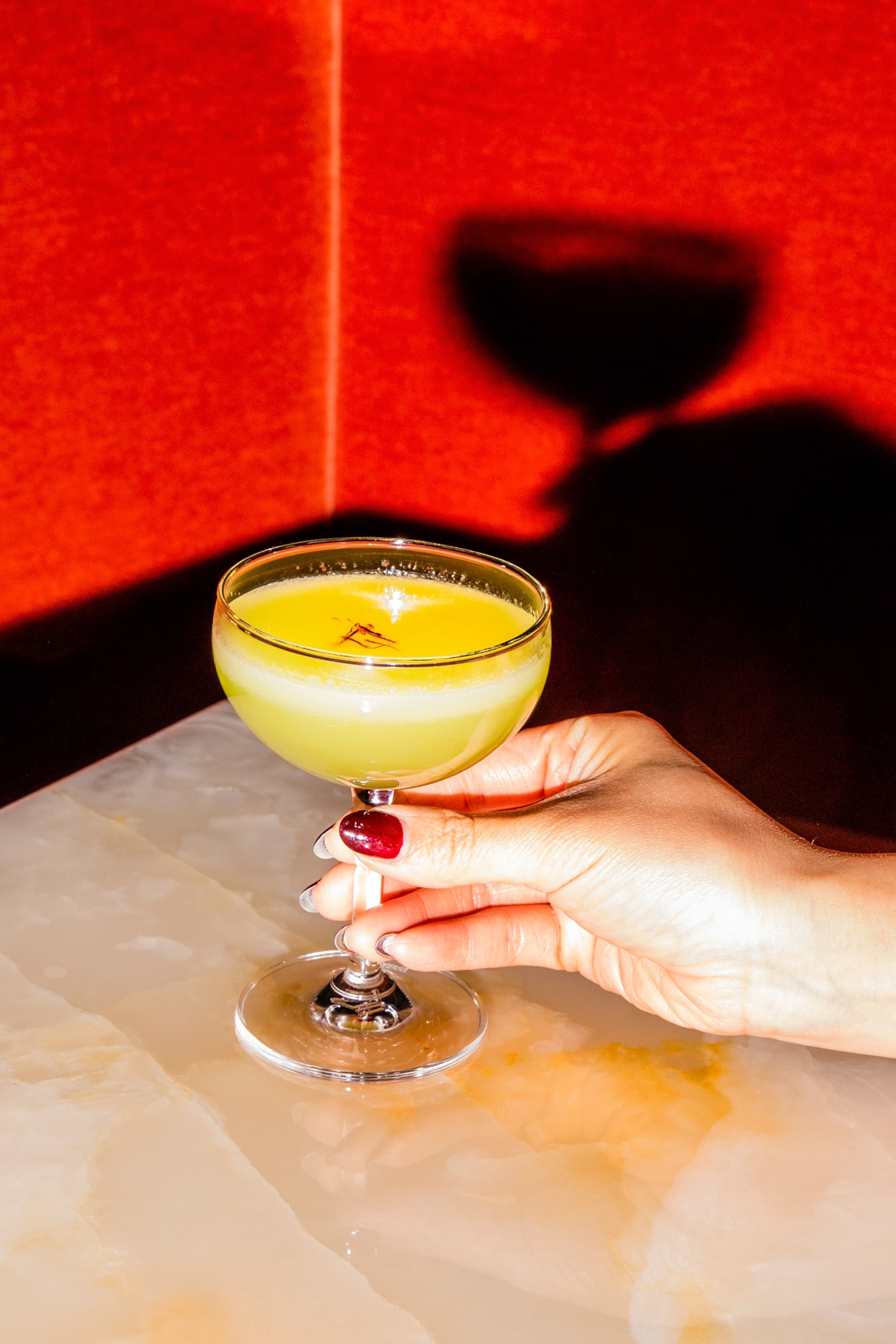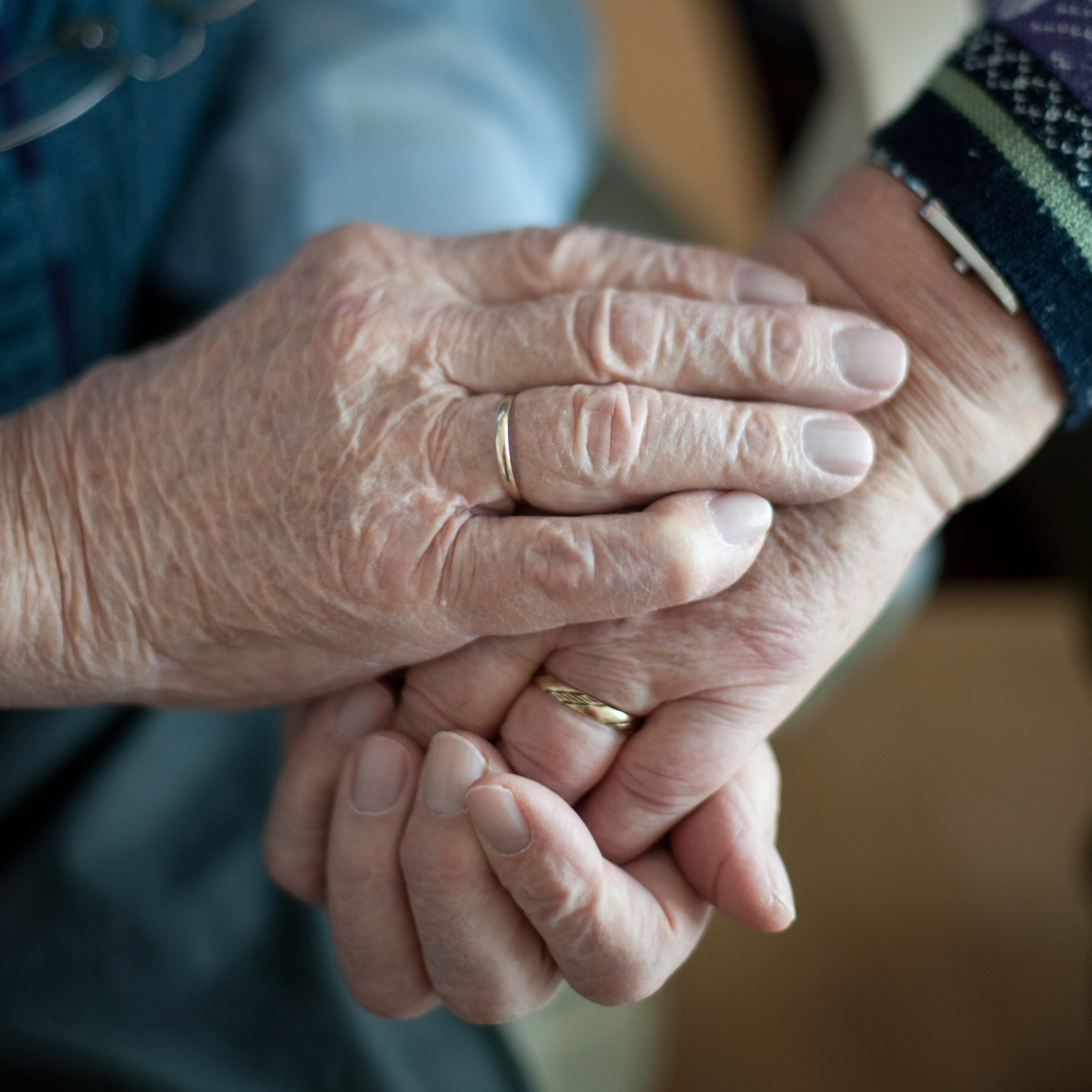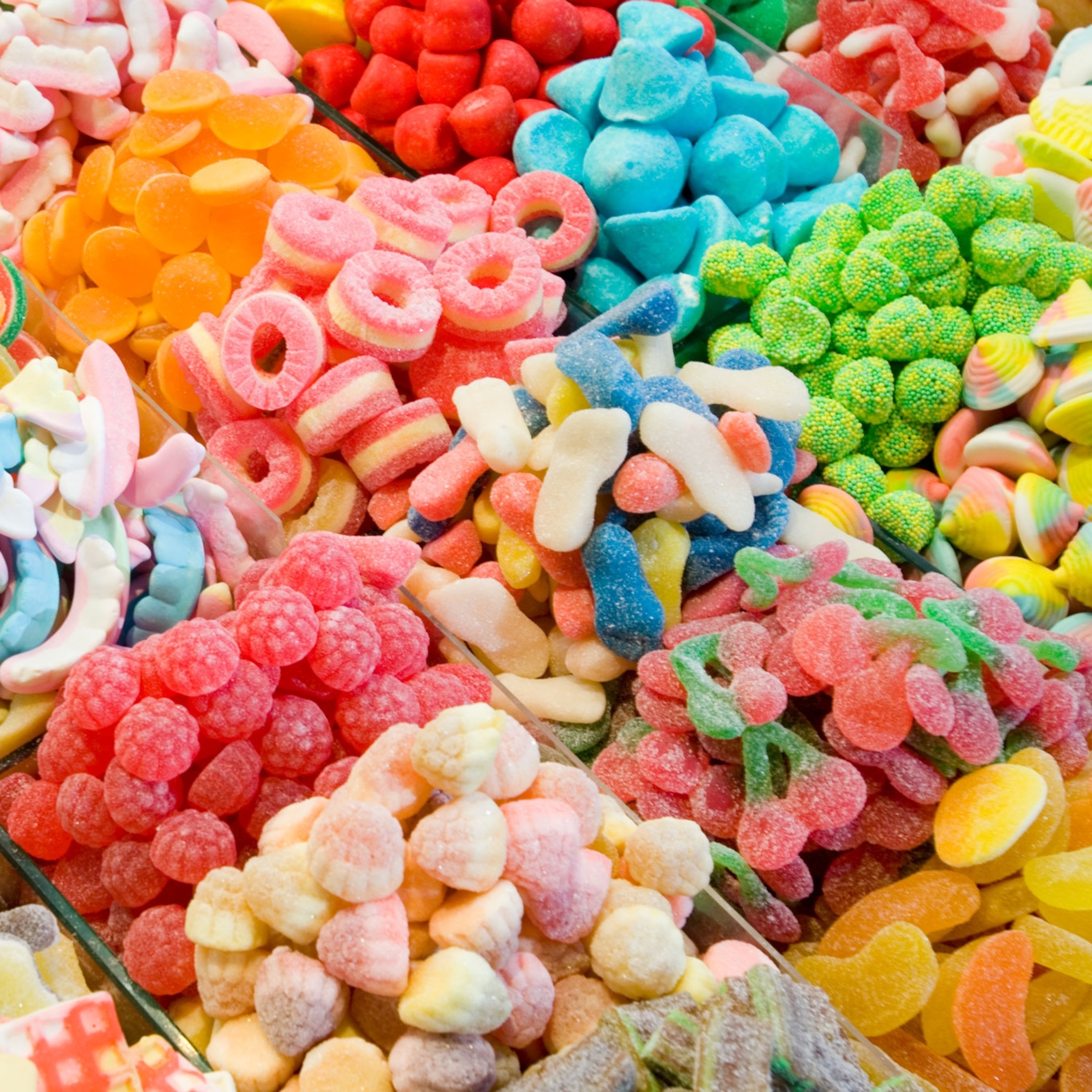Mocktails have some surprising health benefits—even for drinkers
As mocktails and other nonalcoholic beverages increase in popularity, experts are investigating their role in helping people reduce their alcohol consumption.

When John deBary started working as a bartender at the legendary New York City cocktail bar Please Don’t Tell in 2008, he noticed that customers occasionally requested cocktails without alcohol. To serve them, he developed a small set of recipes for nonalcoholic cocktails—or mocktails. After a while, he noticed that offering mocktails led to an increase in beverage sales.
When he went on to manage the cocktail programs for the popular Momofuku restaurants, he made a point to create a comprehensive list of mocktails.
Nonalcoholic offerings were rare and not all that good when deBary started his career. But in recent years, there has been an explosion of offerings—including no or low-alcohol versions of popular beers and increasingly sophisticated mocktails.
(When you go sober for even a month, your body will change.)
But what is fueling the rise in nonalcoholic drinks? National Geographic spoke with experts about what mocktails really mean for our consumption habits—and how to create a mocktail that can rival the real thing.
What is behind the rise in nonalcoholic drinks?
DeBary attributes his early success with mocktails to simple economics: “It’s just responding to latent demand that was already there,” he says. Patrons who weren’t drinking alcohol for whatever reason bought them because they wanted to enjoy a drink that was more sophisticated than soda or water.
However, in recent years deBary has seen this interest in nonalcoholic drinks grow—particularly since the COVID pandemic in 2020. He and other experts attribute it to an increasing awareness about the negative health impacts of alcohol, a desire to moderate their pandemic drinking habits, and an increasing interest in health and wellness. “Generally, people are more health-conscious,” says John Holmes, a professor at the University of Sheffield who researches alcohol use.
Although some of this may stem from a desire to avoid the long-term health impacts of alcohol, such as liver disease, Holmes notes that for many people the primary motivation is about feeling healthier on a day-to-day basis. “People want to feel better in themselves, and as a result, they at least want the option of having a grown-up drink without having all the negative consequences that come the next day,” Holmes says.
(Alcohol is killing more women than ever before.)
What Holmes and his collaborators are discovering is that many people are using nonalcoholic drinks to moderate their drinking habits. “They are adopting a hybrid model, where they have nonalcoholic drinks sometimes, but not other times,” Holmes says. “It just helps them manage their drinking, and maybe bring it down gradually over time.” And, so far, the evidence suggests it works.
The benefits—and potential harms—of nonalcoholic drinks
Researchers investigated whether nonalcoholic drinks really help people reduce their alcohol consumption in a recent study published in the journal BMC Medicine. The 123 trial participants were moderate-heavy drinkers, who agreed to track their alcohol consumption—but not intentionally reduce it, says Hisashi Yoshimoto, a researcher at the University of Tsukuba and one of the authors of the paper.
Yoshimoto notes that participants were also drinking a lot, compared to the average—equaling more than four 12-ounce cans of beer at least four times a week for men, and more than two cans of beer at least four times a week for women.
Over the course of 12 weeks, 54 participants received a monthly supply of nonalcoholic beverages, while the others did not. Those who received nonalcoholic drinks drank less, on average, by 11 grams of alcohol a day, or roughly the equivalent of one 12-ounce can of beer. They also reported drinking the equivalent of about one can of nonalcoholic beer a day. “It was almost like a replacement,” Yoshimoto says. Eight weeks after the study ended, they were still reporting drinking less booze on average.
(Sober tourism is a growing trend. Here's how it can transform your trip.)
For moderate-to-heavy drinkers, cutting back on booze can translate to significant health benefits. “The risk accelerates the more you drink,” says Aveek Bhattacharya, a research director at the public policy think tank Social Market Foundation. Moderate-heavy drinkers are at a disproportionately higher risk for developing alcohol-related health issues, such as liver disease, heart disease, and various cancers, than light drinkers.
But experts do have a few concerns about what role mocktails play in society—including whether nonalcoholic drinks might normalize their alcoholic counterparts. For example, allowing prominent alcohol brands to advertise and display their nonalcoholic drinks in spaces where they wouldn’t normally be allowed could serve as a form of stealth marketing for a much younger audience.
“We don’t know yet whether there is no alcohol in it means that people will feel comfortable giving this to their kids when they are eight or nine,” says Niamh Fitzgerald, a professor at the University of Stirling, whose research focuses on alcohol policy.
The second concern is whether nonalcoholic drinks are appropriate for people dealing with alcohol use disorder. A number of experts recommend against them, due to concerns that they can activate behavioral cues that can lead a person to relapse. Other experts believe it might depend on the circumstances. “The jury is probably still out in the role of these drinks in supporting people in recovering from alcohol use disorder,” Fitzgerald says. “It’s not one-size-fits-all.”
How do you make a better mocktail?
Beyond the health benefits, the rising interest in nonalcoholic drinks is also fueled in part by advances in food science. “The alcohol industry is now able to reliably make drinks that taste nice and have a lower alcohol content,” Holmes says. “This wasn’t possible until 10 or 15 years ago.” These advances include new cost-effective methods of removing alcohol from beer and wine without compromising the taste.
But making a successful mocktail, one that is as tasty and satisfying as an alcoholic cocktail, can be a hard task. Not only does alcohol have its own texture, one that is hard to replace, but it also has its own taste—for which creating an equivalent balance can be a tough technical challenge. Making a successful mocktail is not impossible, but it requires a shift in thinking.
(Meet the mixologists shaking things up in New York City.)
DeBary advises letting go of your expectations about what a cocktail should taste like. “You’re never going to get to a point where you say, this is exactly like a daiquiri, it just happens to not have alcohol,” deBary says. “For me, what’s really exciting is to create flavors and pairings and textures that are totally out of that framework.”
DeBary likes to add in as many interesting flavors as he can to compensate for the difference in texture, whether it’s the sharpness of citrus or the subtleties of herbs. He also likes to experiment with alcohol replacements, including ingredients such as an artisanal vinegar. “Vinegar is a product of fermentation, and fermentation is what gives beer, wine and spirits a lot of its complexity,” deBary says. He’s found that a splash of nonalcoholic beer and wine can serve as a cocktail base.
Ultimately, deBary says, “Mocktails and cocktails succeed for largely the same reason: They have to be balanced.” That means being acidic but not too acidic, sweet but not cloying, and with any hints of bitterness being well-integrated into the overall drink. It is, after all, all about moderation.







